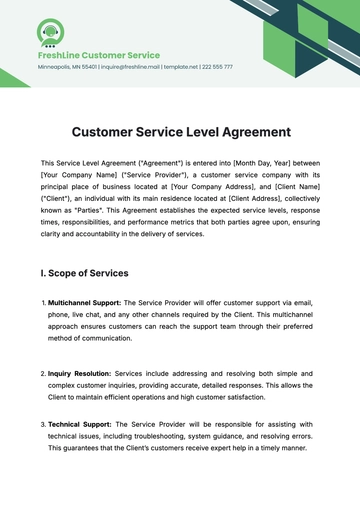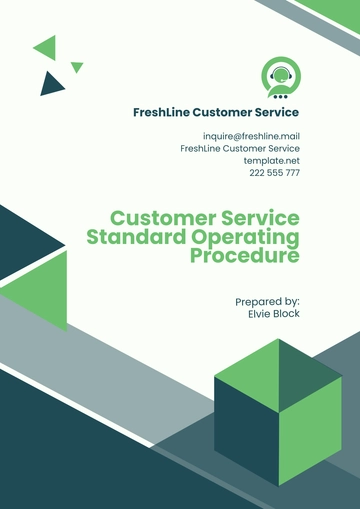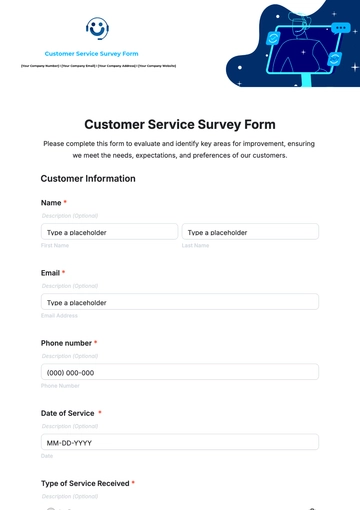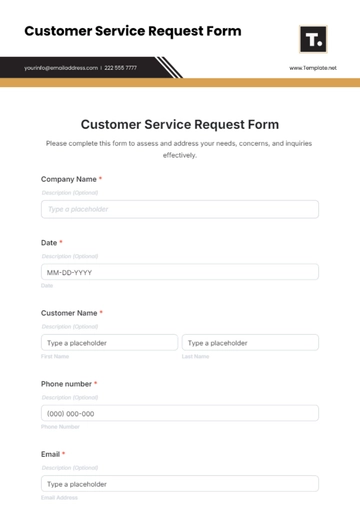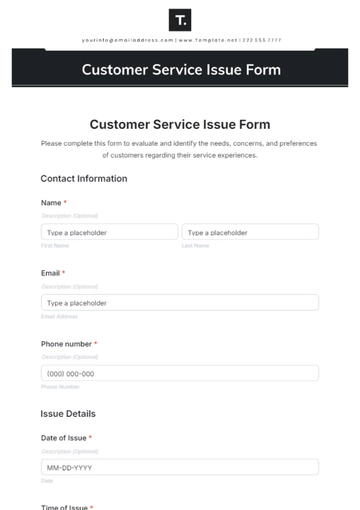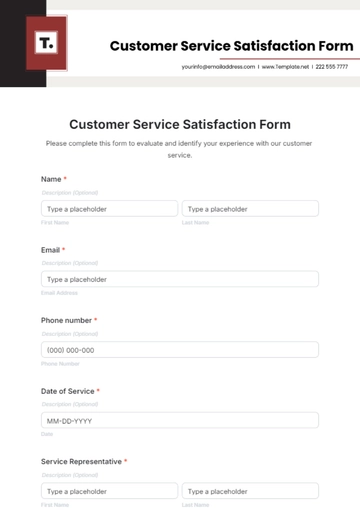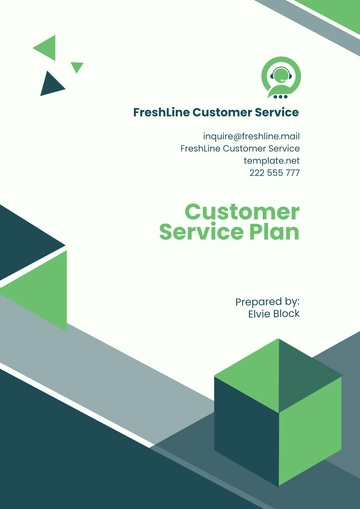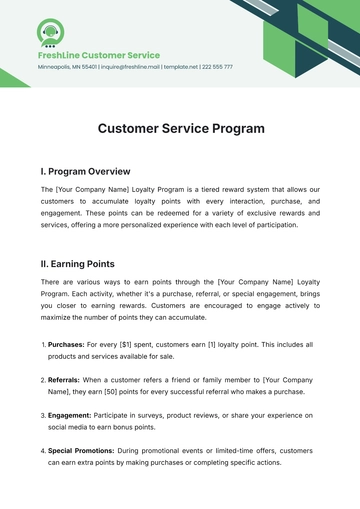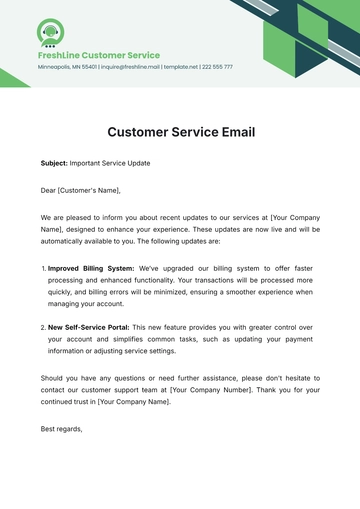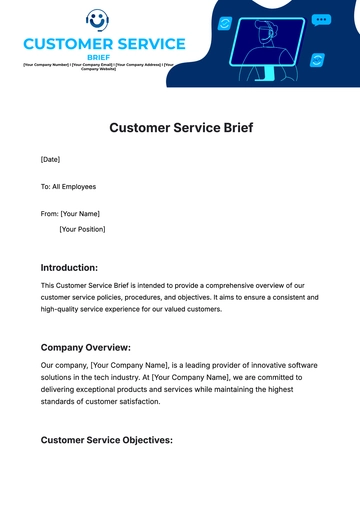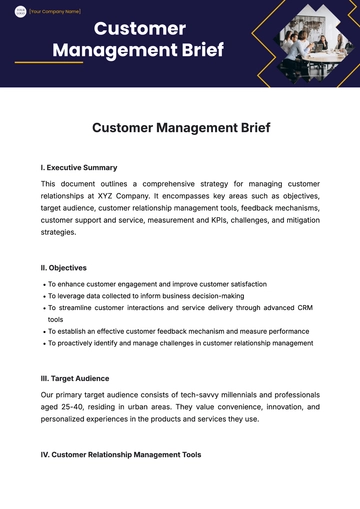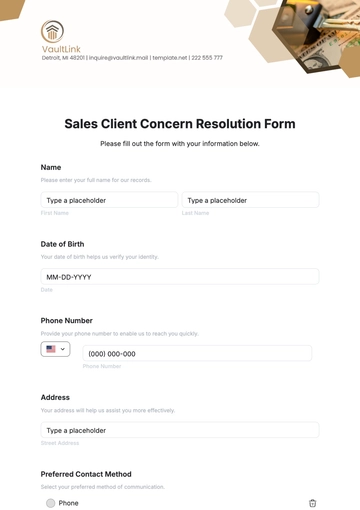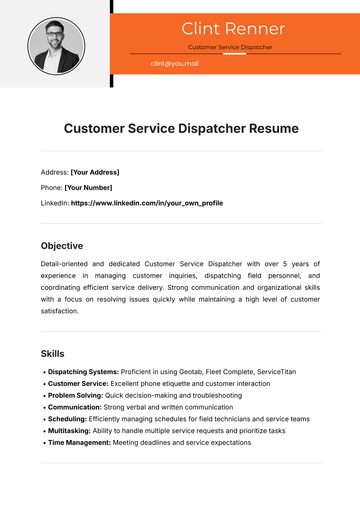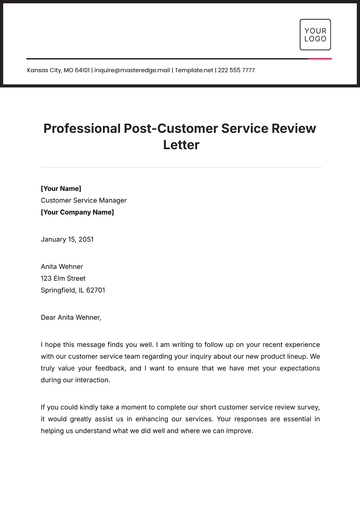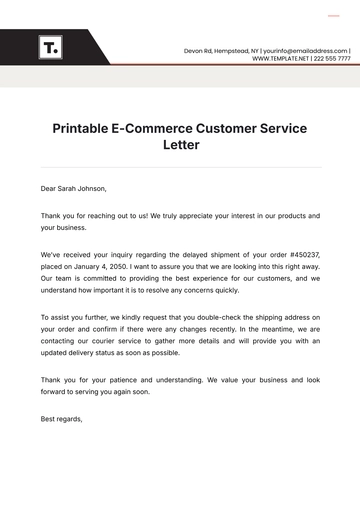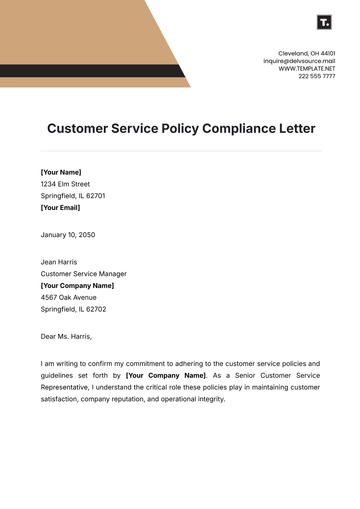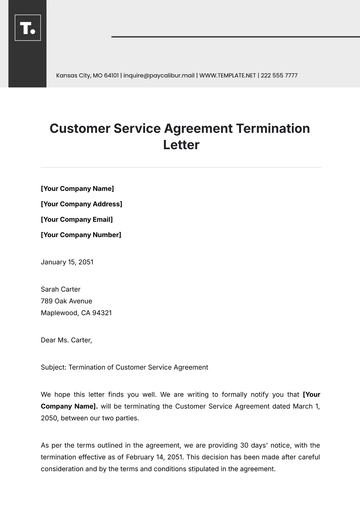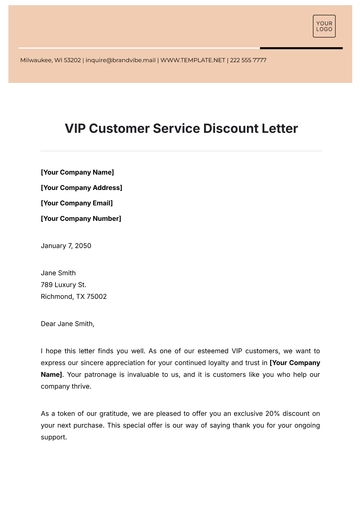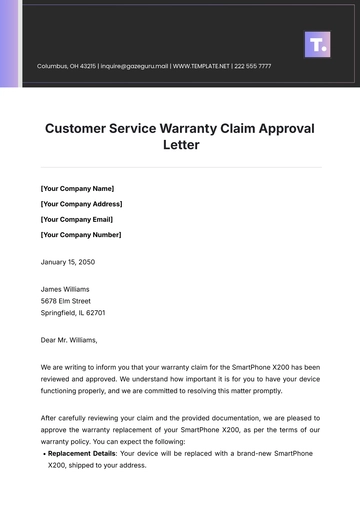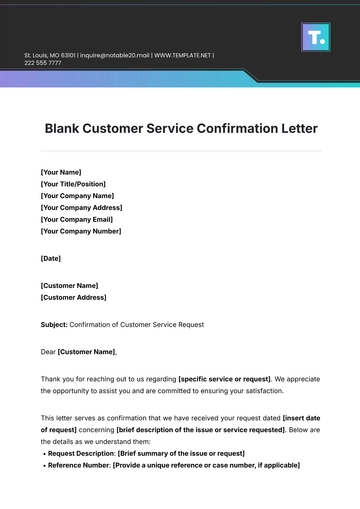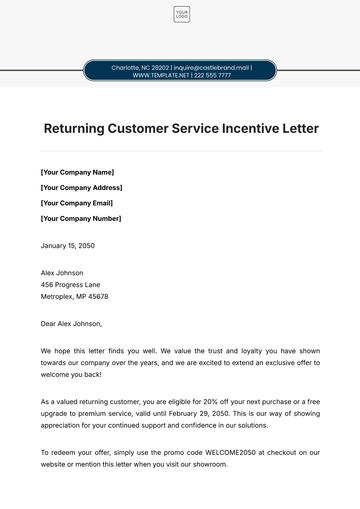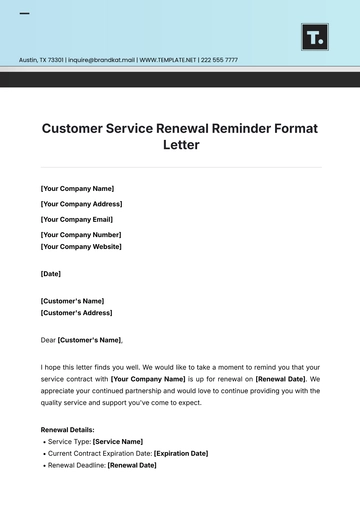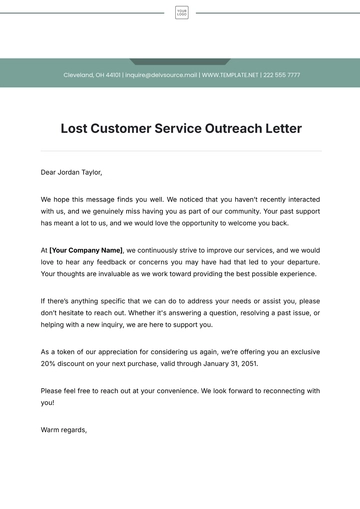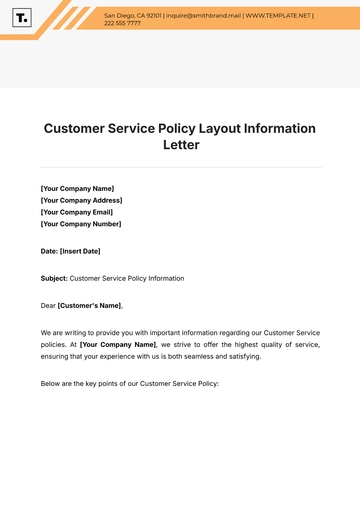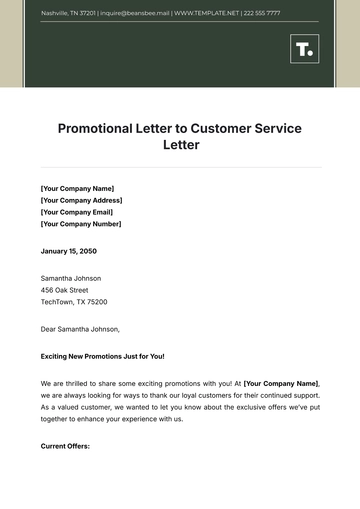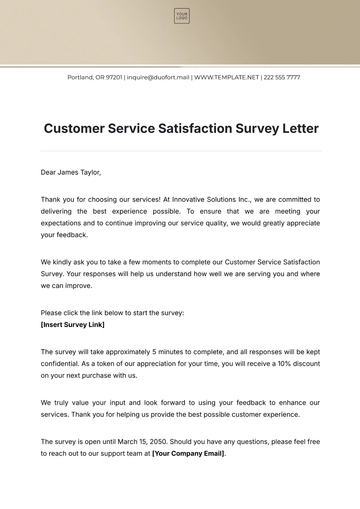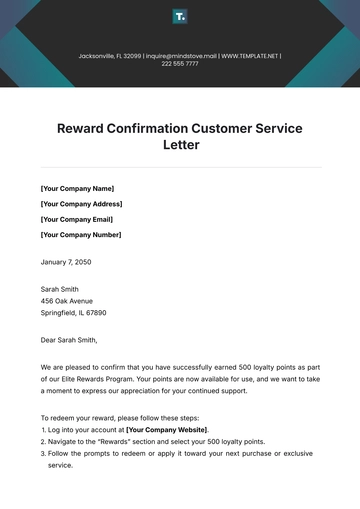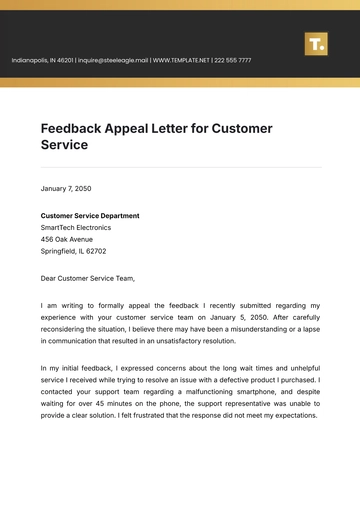Free Restaurant Customer Service Guide
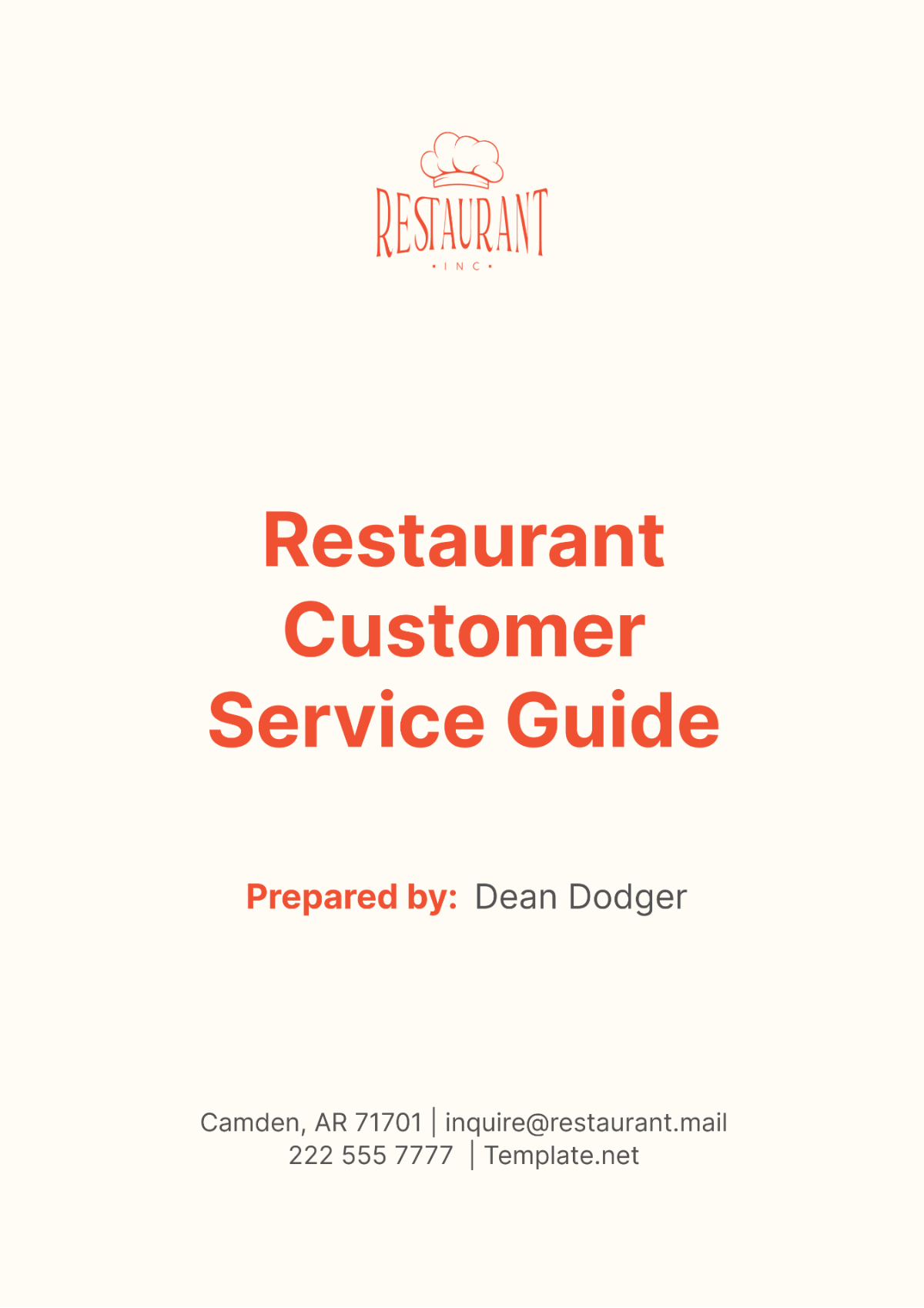
I. Introduction to Exceptional Customer Service
Welcome to the foundational steps towards mastering exceptional customer service in [Your Company Name]. This guide is designed not just to foster skills, but to inspire a commitment to service excellence that distinguishes us from competitors and creates memorable dining experiences. Excellent customer service is the cornerstone of our success, influencing everything from the atmosphere of our establishment to the loyalty of our customers.
A. Importance of Customer Service
In the competitive world of dining, exceptional customer service is what makes a restaurant stand out. It’s not just about serving food, but about creating an experience that resonates with guests long after they leave. High-quality service increases customer satisfaction, encourages repeat visits, and builds a positive reputation through word-of-mouth. Additionally, it directly impacts our bottom line—satisfied customers are more likely to indulge in dessert, return for future meals, and recommend us to others. In this section, we delve into how prioritizing customer service can transform challenges into opportunities to impress and engage our guests.
B. Objectives of this Guide
This guide aims to equip our staff with the knowledge and tools necessary to deliver outstanding service consistently. Through it, you will learn to:
Engage with customers in a manner that is both professional and personable.
Understand and anticipate the needs of our guests to enhance their dining experience.
Address and resolve complaints with grace and efficiency, turning potential negative experiences into positive ones.
Contribute to and uphold the standards that define our brand's commitment to excellence in dining.
Each principle and technique outlined here is crafted to ensure that every interaction between staff and customers reflects our dedication to service excellence. By embracing these standards, you will not only meet but exceed the expectations of our guests, fostering an environment where customer satisfaction is not just a goal, but a guarantee.
II. Staff Training and Expectations
Our restaurant's commitment to exceptional service is supported by a comprehensive training program tailored to each role within our team. This section outlines the training strategies and the high standards of service that all employees are expected to uphold. Proper training ensures consistency in service delivery, fosters a professional work environment, and prepares our staff to handle any situation with confidence and efficiency.
A. Role-specific Training
This table outlines specific training modules designed for different roles within our restaurant, ensuring that every team member is well-equipped to excel in their respective duties and contribute to a seamless dining experience.
Role | Training Focus |
|---|---|
Waitstaff | Greeting guests warmly, accurate order taking, effective upselling techniques, and maintaining table-side manners. |
Kitchen Staff | Precision in meal timing, maintaining high standards of presentation, and fostering effective teamwork to ensure smooth operation. |
Management | Developing leadership skills, enhancing problem-solving abilities, and mastering customer relations management. |
B. Code of Conduct
Professional Behavior and Attire: All employees must adhere to our dress code and maintain a professional demeanor at all times. This includes punctuality, cleanliness, and respect for both colleagues and guests.
Communication Guidelines: Communication should be clear, polite, and positive, whether it's between staff or with guests. This includes active listening and the appropriate handling of feedback.
Privacy and Discretion: It is crucial to respect the privacy of our guests. Sensitive information regarding guest preferences, complaints, or personal details must be handled with the utmost discretion and only shared with relevant staff members when necessary.
III. Creating a Welcoming Environment
A welcoming environment is instrumental in setting the tone for a memorable dining experience. It begins with the ambiance and extends to every interaction that our guests have with our staff. This section provides strategies to create a warm and inviting atmosphere that complements the culinary experience and encourages guests to relax, enjoy, and return.
A. Physical Layout and Ambiance
The physical layout and ambiance of our restaurant play a critical role in the overall guest experience. Here are key strategies to optimize these elements:
Lighting: Adjust lighting to suit the time of day and the mood you want to evoke. Soft, warm lighting can create a cozy and intimate atmosphere, while brighter lights may be appropriate for a lively brunch setting.
Music: Select music that enhances the dining experience without overpowering conversation. The genre should reflect the theme of the restaurant and vary in tempo and volume throughout the day to match the energy of the dining room.
Décor: Align décor with the theme of the restaurant to create a cohesive visual experience. This includes choosing color schemes that evoke the desired mood, selecting artwork that complements the culinary theme, and arranging furniture to facilitate both intimate gatherings and larger parties.
B. Greeting and Seating Guests
The initial interaction with guests sets the stage for their dining experience. To ensure a positive first impression:
Warm Greeting: Every guest should be greeted warmly upon entry. A genuine smile and a friendly greeting such as, "Welcome to [Your Company Name]!" can make guests feel valued.
Seating Protocol: Train staff to promptly and efficiently lead guests to their table, paying attention to their preferences and needs. For instance, some guests may prefer a quieter corner or a seat with a view.
Initial Engagement: The host or hostess should provide guests with a brief overview of the menu highlights or any specials before leaving them with the menu. This initial engagement can help guests feel well attended to and provide them with immediate options to consider.
IV. Handling Customer Complaints
Effective tactics for addressing and resolving complaints in a manner that turns dissatisfied guests into loyal customers.
A. Types of Common Complaints
Delayed service
Food quality issues
Billing discrepancies
B. Resolution Techniques
Listen actively and empathize.
Apologize and offer a solution.
Follow up to ensure satisfaction.
V. Leveraging Technology in Customer Service
In today's fast-paced world, integrating technology into our customer service operations not only streamlines processes but also significantly enhances the dining experience. By adopting modern technological solutions, we can provide a more efficient, accurate, and personalized service that meets the high expectations of our guests. This section outlines how technology can be used effectively in our restaurant.
A. Reservation and Ordering Systems
To optimize efficiency and convenience for both staff and customers, implementing advanced reservation and ordering systems is essential:
Online Reservations: Use a robust online booking system that allows guests to make reservations at their convenience. This system should provide real-time availability and immediate confirmation, reducing the likelihood of overbooking or errors.
Digital Menus: Implement digital menus accessible via tablets or smartphones. These menus can offer detailed descriptions and images of dishes, helping to upsell items and accommodate special dietary requests with ease. Additionally, digital menus can be quickly updated, reflecting changes in availability or specials without the need for reprints.
B. Feedback and Loyalty Programs
Technology also plays a crucial role in gathering customer feedback and fostering loyalty:
Digital Feedback Surveys: After dining, invite guests to complete a digital feedback survey. This can be facilitated through a quick QR code scan that links directly to the survey. Feedback obtained will be invaluable for improving service and tailoring the dining experience to meet guest expectations.
Loyalty Programs: Develop a digital loyalty program that rewards repeat customers with points, discounts, or special offers. These programs not only encourage repeat business but also generate valuable data on customer preferences and behavior, which can be used to further personalize the dining experience.
VI. Conclusion and Monitoring Progress
As we strive to deliver unparalleled customer service, it is essential to not only implement the strategies outlined in this guide but also continuously monitor and refine them. This ensures that our service standards not only meet but exceed the evolving expectations of our guests. In this concluding section, we summarize our approach and detail methods for assessing the effectiveness of our customer service practices.
A. Continuous Improvement
The pursuit of excellence in customer service is an ongoing process that demands commitment to continuous improvement:
Regular Training Updates: Our training programs are not static; they evolve based on feedback and new industry standards. Regularly scheduled training sessions will ensure that all team members are up-to-date with the latest service techniques and technology enhancements.
Feedback Sessions with Staff: Regular meetings with staff provide a platform to discuss challenges, share best practices, and collect insights from front-line experiences. These sessions are crucial for fostering a culture of open communication and continuous learning.
B. Performance Metrics
To gauge the success of our customer service initiatives, we rely on specific performance metrics:
Customer Satisfaction Surveys: Implement systematic customer satisfaction surveys to gather direct feedback from guests. This feedback is invaluable for identifying strengths and pinpointing areas for improvement.
Retention Rates: Monitor customer retention rates as they are a clear indicator of the overall satisfaction and loyalty of our guests. An increase in repeat visits suggests that our service meets or exceeds expectations.
Employee Feedback: Employee satisfaction is closely linked to customer service quality. Engaging staff through feedback tools and satisfaction surveys helps identify if our training and workplace culture support optimal service delivery.
By employing these methods, we can effectively track our progress, adapt to customer needs, and continually refine our approach to ensure that our restaurant remains a leader in customer service excellence. Through diligence and adaptability, we will maintain and enhance the dining experience that our customers have come to expect.
- 100% Customizable, free editor
- Access 1 Million+ Templates, photo’s & graphics
- Download or share as a template
- Click and replace photos, graphics, text, backgrounds
- Resize, crop, AI write & more
- Access advanced editor
Elevate customer service standards with the Restaurant Customer Service Guide Template from Template.net. This customizable document simplifies creating comprehensive guides for your restaurant's customer service team. Tailored for the food industry, it ensures clarity and professionalism in outlining service protocols, communication strategies, and customer interaction tips. Editable in our Ai Editor Tool for seamless customization to meet your restaurant's specific needs.
